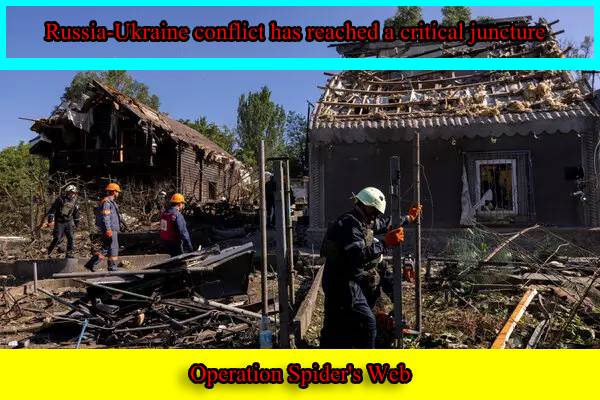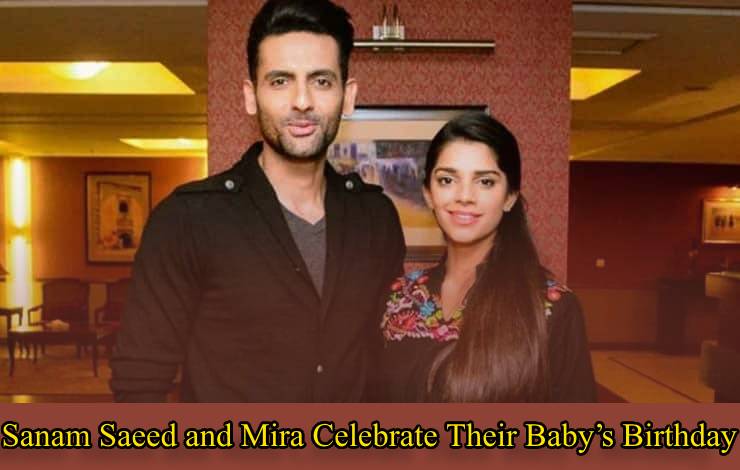Get the latest Russia-Ukraine war news – Ukraine’s drone strikes, Russia’s retaliation, peace talks in Istanbul, and global reactions as of June 2, 2025.
The Russia-Ukraine war, which began in February 2022, has evolved into one of the most intense and prolonged conflicts in modern European history. As of June 2, 2025, the war has reached a decisive turning point, characterized by advanced military operations, bold strategic decisions, and fragile peace initiatives.
1. Ukraine’s Operation Spider’s Web: A Strategic Turning Point
In a groundbreaking move that has drawn international attention, Ukraine executed a complex drone offensive named Operation Spider’s Web. This coordinated strike targeted multiple high-value Russian airbases, including Belaya, Dyagilevo, Ivanovo Severny, Olenya, and Ukrainka.
Objectives and Execution:Drone Attacks
Operation Spider’s Web was not a spontaneous action. Ukrainian military intelligence spent months preparing the logistics, identifying vulnerable Russian bases, and building stealth technology that could bypass Russian radar systems. The operation utilized commercial trucks to transport drones into Russian territory, enabling proximity-based attacks that minimized early detection.
Damage Inflicted
This bold maneuver led to the destruction of over 40 advanced Russian aircraft, including TU-95 and Tu-22 bombers, which are critical for Russia’s long-range bombing capabilities. The strike dealt a severe blow to Russia’s aerial dominance, particularly in strategic regions such as the Arctic and the Far East.
Ukrainian President Volodymyr Zelenskyy later praised the mission, calling it a “masterstroke of modern warfare” and confirmed that all Ukrainian operatives involved in the operation were successfully evacuated to safety.
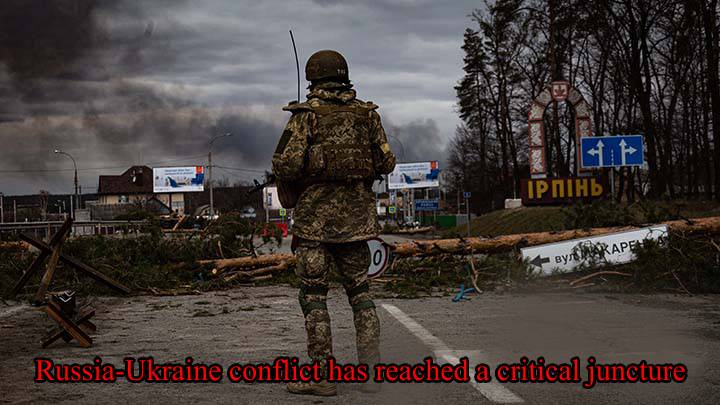
2. Russia’s Response: Massive Retaliation and Civilian Toll: Russia-Ukraine War
In retaliation for Ukraine’s successful drone offensive, Russia launched a massive counterattack involving hundreds of drones and missile systems. The response targeted numerous regions across Ukraine, including Zaporizhzhia, Kherson, Sumy, and parts of central Ukraine.
Scale of Retaliation: Ukraine’s airbase
Within 48 hours of Ukraine’s airbase strikes, Russia deployed an estimated 470 drones and multiple missile systems, targeting energy grids, air defense systems, and civilian zones. The attacks were particularly devastating in Cherkasy Oblast, where a military training ground was struck, resulting in the death of 12 Ukrainian soldiers and injuries to more than 60 others.
Fallout Within Ukraine
The loss of military personnel in Cherkasy triggered immediate consequences. Major General Mykhailo Drapatyi, who oversaw the operations at the site, tendered his resignation, taking full responsibility for the lapse in strategic oversight. The Ukrainian Ministry of Defense responded by announcing internal investigations to strengthen defense protocols.
In civilian areas, the attacks left thousands without electricity or water, further exacerbating humanitarian concerns.
3. Diplomatic Developments: Istanbul Peace Talks Resume:Russia-Ukraine War
As battlefield tensions rise, diplomatic initiatives are being revived. On June 2, 2025, Russia and Ukraine resumed peace talks in Istanbul, mediated by Turkey, marking the second direct dialogue between the nations since 2022.
Topics of Discussion
The Istanbul talks have a threefold agenda:
- Unconditional ceasefire negotiations
- Exchange of prisoners of war
- Return of abducted Ukrainian children
Ukrainian negotiators have insisted on an immediate ceasefire and demanded the safe return of children forcibly relocated to Russia during the earlier phases of the war. Ukrainian leadership has made it clear that any peace agreement must guarantee Ukraine’s sovereignty, including the return of all occupied territories.
Russian Position:
The Russian delegation arrived in Istanbul without presenting a detailed peace plan, raising skepticism over Moscow’s intentions. Russian spokespersons maintained that they are open to dialogue but did not confirm a willingness to withdraw from occupied territories, complicating the path toward peace.
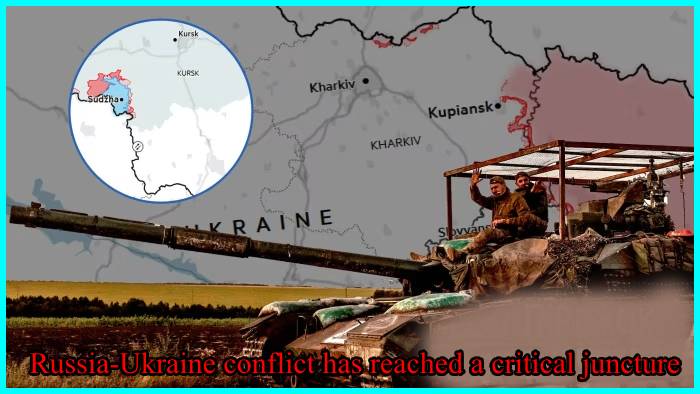
4. Military Standstill in Eastern and Southern Fronts:Russia-Ukraine War
Beyond the high-profile drone strikes and retaliatory attacks, the ground war continues in full force. Donetsk, Luhansk, Kharkiv, and Zaporizhzhia remain key battlegrounds, with daily artillery exchanges and trench warfare reminiscent of World War I.
Ukrainian Advances
Ukrainian forces, backed by Western-supplied weapons and domestic drone technology, have made incremental progress in the southern Zaporizhzhia region, reclaiming small but strategic villages. These advances are crucial for Ukraine’s long-term objective of breaking the land corridor that connects Crimea to Russian-occupied Donbas.
Russian Defensive Strategies
Russia has fortified its positions by deploying mobile missile launchers, electronic warfare units, and advanced anti-aircraft systems. It is also leveraging private military contractors and Chechen units to hold its ground in Donetsk and Luhansk, where fighting has intensified.
5. International Reactions and Strategic Shifts:Russia-Ukraine War
The global community has responded swiftly to the recent escalation, with key world powers weighing in on both military developments and peace efforts.
United States
The United States has reiterated its support for Ukraine, with President Trump warning that the conflict risks spiraling into a regional crisis if not resolved diplomatically. While continuing to provide military aid, the U.S. has hinted that its patience is wearing thin, urging Ukraine and Russia to prioritize diplomacy.
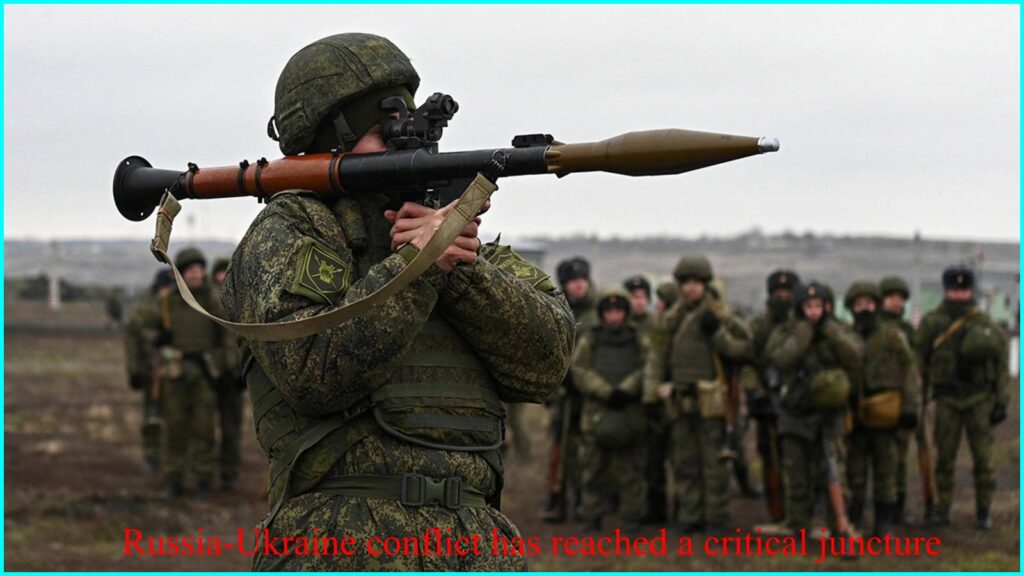
European Union
The European Union has condemned Russia’s massive retaliation on Ukrainian civilians. EU nations are currently discussing a new sanctions package that would target Russian banks, oil exports, and key defense contractors.
NATO
NATO has announced plans to conduct joint exercises in Eastern Europe, aimed at reassuring member states such as Poland, Romania, and the Baltic nations. While NATO forces will not engage directly in the conflict, their presence sends a strong message to Moscow.
6. Humanitarian Crisis Deepens
As military actions escalate, the humanitarian toll grows. Millions of Ukrainians remain displaced within the country and across Europe. With infrastructure in key cities like Kherson, Mykolaiv, and Kharkiv under daily threat, aid organizations are struggling to deliver medical and food supplies.
Refugees and IDPs
Over 10 million people have been displaced since the war began, and the latest wave of Russian airstrikes has added thousands more to this number. The influx of refugees into neighboring countries like Poland, Slovakia, and Moldova continues to strain regional resources.
Food and Energy Security
Ukraine’s agricultural sector, once the breadbasket of Europe, remains under siege. Farmland in the east and south is either mined or destroyed. Ukraine’s inability to export grain freely through Black Sea ports has global consequences, particularly for food-insecure regions in Africa and Asia.
7. Cyberwarfare and Information Control
An often-overlooked front in this war is the ongoing cyber conflict between Russia and Ukraine. In recent weeks, both nations have ramped up cyberattacks on each other’s infrastructure, communication networks, and financial institutions.
- Ukraine has reportedly disabled several Russian logistics tracking systems and disrupted transportation networks inside occupied territories.
- Russia has targeted Ukrainian banking infrastructure and attempted to spread disinformation via social media channels.
This digital warfare underscores the multifaceted nature of the modern battlefield, where victories are not only measured by territorial gains but also by the control of data, narratives, and public sentiment.
8. The Road Ahead: Key Scenarios:Russia-Ukraine War
As of June 2025, the Russia-Ukraine war stands at a crossroads. Several scenarios are possible in the near term:
Scenario 1: Limited Ceasefire
Should Istanbul talks yield some form of limited agreement—such as localized ceasefires or humanitarian corridors—it could pave the way for broader peace negotiations.
Scenario 2: Prolonged Stalemate
If both sides continue to reject compromise, the war may persist as a slow-burning conflict, marked by artillery exchanges, sabotage, and territorial attrition.
Scenario 3: Wider Escalation
There remains a dangerous risk of the war expanding into neighboring regions, especially if a NATO member state is inadvertently drawn into the conflict via a cross-border incident or cyberattack.
Conclusion:Russia-Ukraine War
The Russia-Ukraine War, now in its fourth year, continues to reshape the geopolitical landscape of Europe and beyond. With Ukraine’s bold new strategies, Russia’s massive retaliatory strikes, and fragile peace efforts underway in Istanbul, the stakes have never been higher.
The conflict is not merely a regional dispute—it is a test of international resolve, modern warfare tactics, and the future of global diplomacy. As the world watches closely, one truth remains evident: the path to lasting peace requires more than military victories. It demands sustained dialogue, global cooperation, and above all, a commitment to human dignity and national sovereignty.

